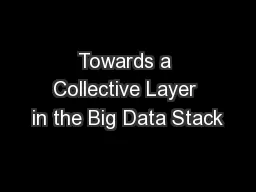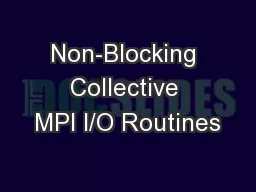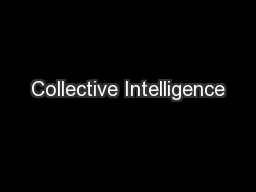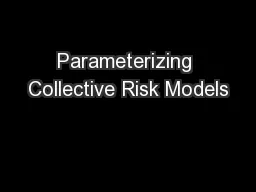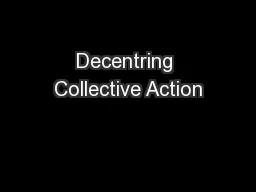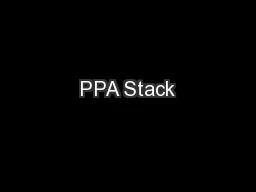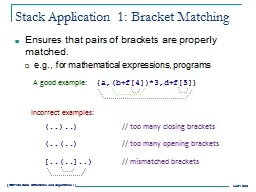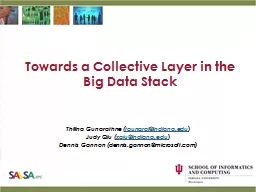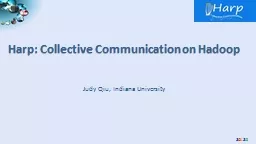PPT-Towards a Collective Layer in the Big Data Stack
Author : pasty-toler | Published Date : 2016-09-17
Thilina Gunarathne tgunaratindianaedu Judy Qiu xqiuindianaedu Dennis Gannon dennisgannonmicrosoftcom Introduction Three disruptions Big Data MapReduce Cloud
Presentation Embed Code
Download Presentation
Download Presentation The PPT/PDF document "Towards a Collective Layer in the Big Da..." is the property of its rightful owner. Permission is granted to download and print the materials on this website for personal, non-commercial use only, and to display it on your personal computer provided you do not modify the materials and that you retain all copyright notices contained in the materials. By downloading content from our website, you accept the terms of this agreement.
Towards a Collective Layer in the Big Data Stack: Transcript
Download Rules Of Document
"Towards a Collective Layer in the Big Data Stack"The content belongs to its owner. You may download and print it for personal use, without modification, and keep all copyright notices. By downloading, you agree to these terms.
Related Documents

